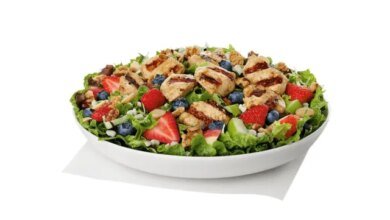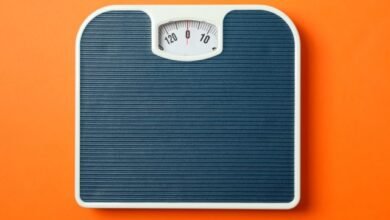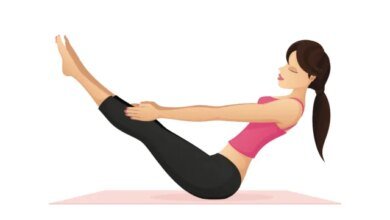How To Do Interval Walking for Weight Loss

If you’re ready to step up your daily walking game—quite literally—consider interval walking. This form of exercise may be your new secret key to shedding unwanted pounds and achieving your goal weight. The best part? You don’t have to embrace it alone. We’re here to break down everything you need to know about interval walking for weight loss, including how to seamlessly incorporate it into your fitness routine, whether you’re a seasoned walker or a total newbie.
Interval walking keeps your fitness routine interesting while helping you blast calories. By switching between quick periods of brisk walking and bouts of slower-paced strides, you’ll be making major progress in your weight-loss journey. Now, it’s time to lace up your sneakers and get to it!
What is interval walking?

“Interval walking is a workout routine structure where you go for brief periods of brisk walking followed by periods of slower-paced walking,” explains Jordan Fernandez, CPT at Trainer Academy. “For example, you may walk fast for 30 seconds, just shy of an actual jogging pace, and then tone it down to a leisurely stroll for the next 30 seconds.”
Intervals can last anywhere from 10 seconds to a full minute in a typical program.
How can interval walking help you lose weight?

Interval walking can support your weight-loss efforts due to the additional calories you torch. This makes maintaining your required calorie deficit each day and week more seamless, resulting in weight loss.
“Using an interval methodology has an extra benefit compared to just straight walking because the intervals help increase your metabolic rate after your workout,” Fernandez tells us. “So in essence, you are getting more bang for your buck because you’re burning calories during your workout, and then your metabolism is elevated for the next 24 hours, giving you an ‘afterburn effect.'”
How to do interval walking for weight loss:

If you’re eager to incorporate interval training into your weight-loss regimen, Fernandez suggests performing it four to five days a week, beginning with 20 to 30 minutes of total walking time.
“Do a warm-up walk for about five minutes and then alternate 30 seconds of very brisk walking, followed by 30 seconds of a light stroll, for a total of 10 cycles,” he instructs. “Follow it with a cool-down of five minutes of slow walking. You can increase the number of intervals you do as your fitness level improves or if you want to burn even more calories.”
When doing interval walking for weight loss, Fernandez stresses not to overcompensate by consuming more food, as this will cancel out all the hard work you put into your workouts. “This is going to be true with any workout program aimed at weight loss,” he adds.
Is interval walking more effective than steady-state cardio for weight loss?

Interval walking may be a more productive form of exercise compared to steady-state for those looking to lose weight due to the caloric afterburn. “However, realistically, the effect is somewhat small,” Fernandez explains. “When you look at total daily energy expenditure, your best bet is always going to be picking the form of exercise that you will be most consistent with. You’re always going to be better off with consistency compared to intensity.”
In addition, it’s all too easy to compensate for the calories you torch during a workout by overeating. “A 30-minute interval walk probably burns anywhere from 200 to 300 calories and then maybe an additional 50 to 100 over the following 24 hours, depending on how intense your intervals were,” Fernandez says. “That’s essentially the equivalent of having an extra serving of entree or bowl of ice cream with toppings—very easy to do.”
This is a major roadblock Fernandez sees his clients face when doing a workout regimen geared toward weight loss.
“In the scheme of things, it’s far less important which form of exercise you choose and far more important that you do not compensate by eating more,” he adds. “In fact, you can lose the same amount of weight without exercising by simply reducing your caloric intake. However, adding exercise means you can eat a little bit more at each meal, which can reduce the sense of deprivation associated with fat-loss diets.”
Alexa Mellardo





